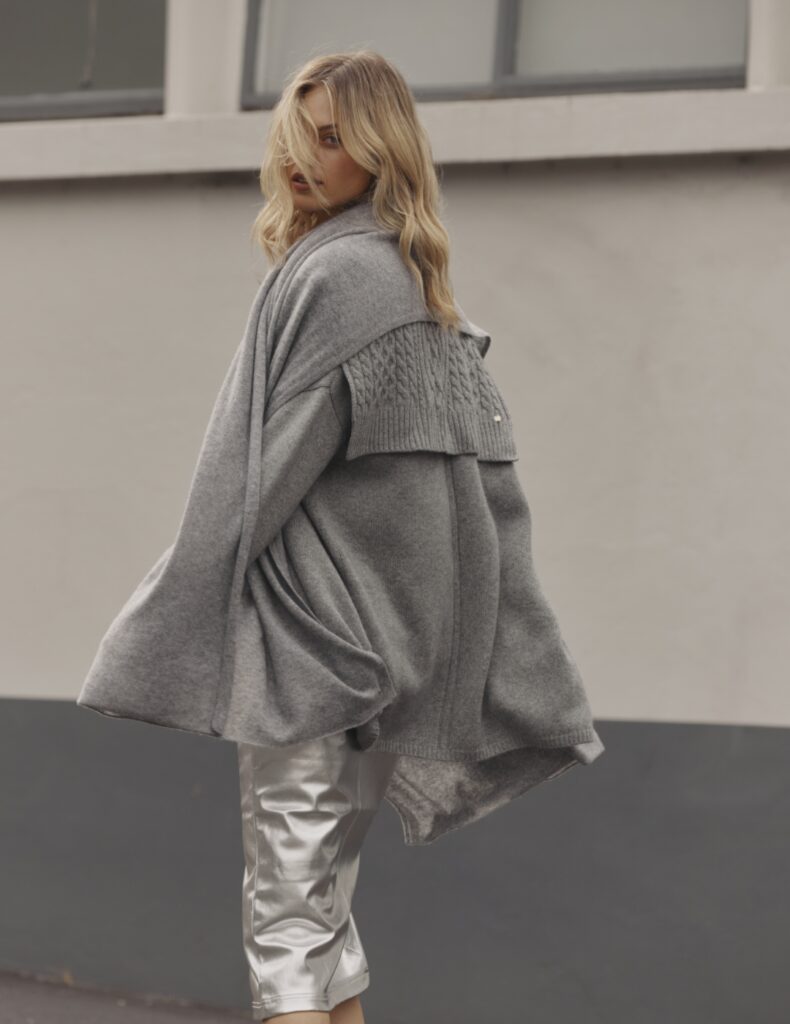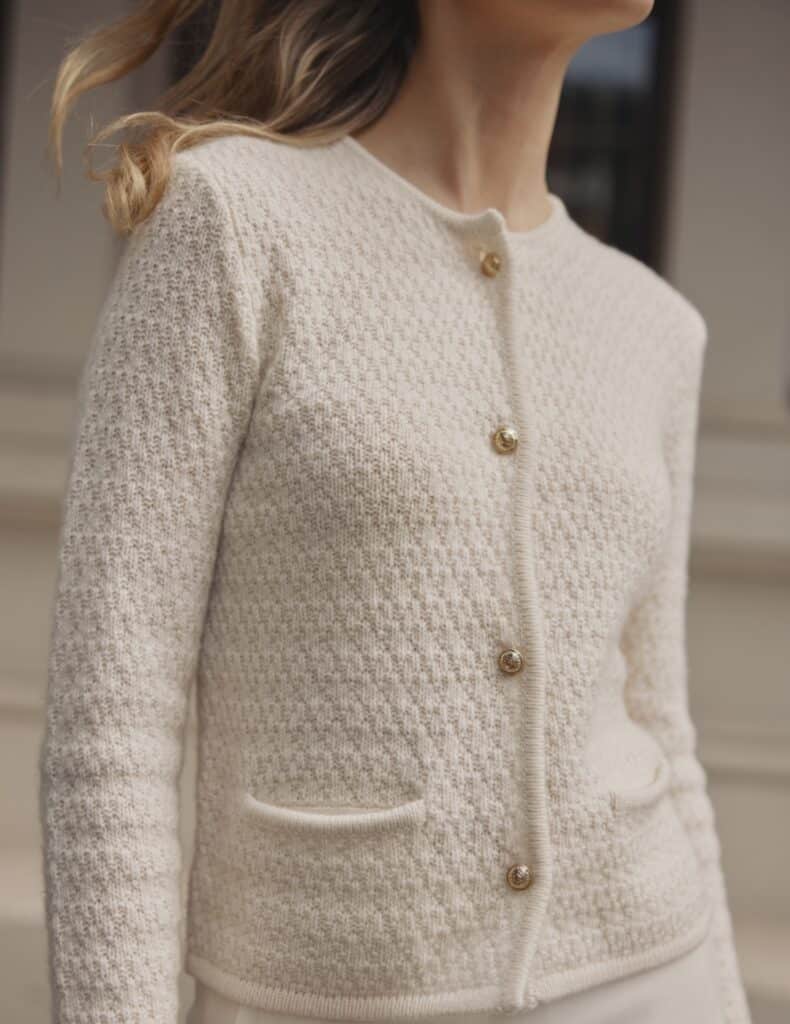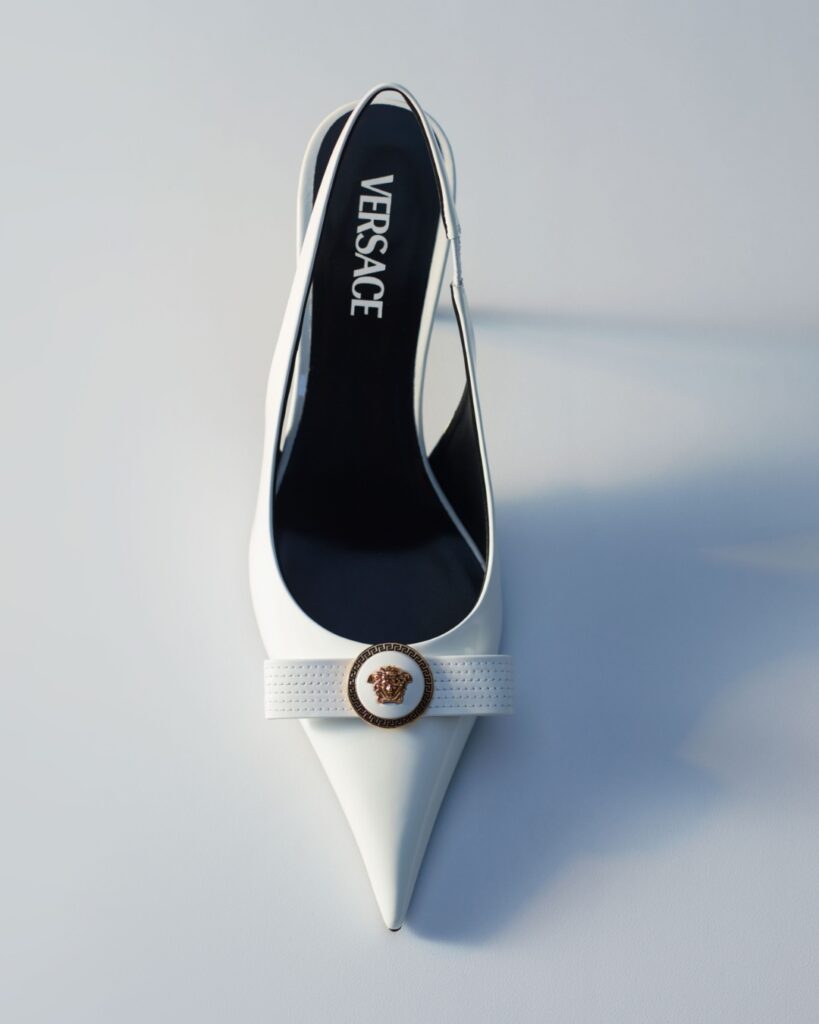
How does cashmere compare to other materials in terms of comfort and warmth?
Cashmere is often considered the epitome of luxury when it comes to comfort and warmth. Compared to other materials, cashmere is incredibly soft and lightweight, providing a cosy warmth without the bulk. It’s up to eight times warmer than wool, but so light and breathable, making it perfect for both layering and standalone pieces. The fibers are finer and smoother, which means cashmere garments feel gentle against the skin, reducing the itchiness that some people experience with wool.
What factors should one consider when investing in cashmere knitwear?
At Elle & Riley we always believe investing in timeless pieces will ensure longevity in one’s wardrobe. Usually this means choosing a neutral colourway like black, navy or cream, and ensuring the style is classic enough to wear through any season and with multiple wardrobe options. We have spent years building out our “Elle & Riley Essentials” collection for just this reason; our clients know they have plenty to choose from when picking their forever piece. Ensuring you understand how to look after and care for your cashmere is incredibly important as this will ensure it lives a long and enduring life.
How does the quality of cashmere affect its longevity and durability?
Quality is key to the longevity and durability of cashmere. High-quality cashmere has longer fibers, which makes it less prone to pilling and more durable over time. This is called A-Grade cashmere which is a quality we use exclusively at Elle & Riley. Properly sourced and manufactured cashmere retains its softness and shape even after many wears and washes. Investing in high-quality cashmere means you’ll have a piece that can last for years, becoming a timeless staple in your wardrobe.
What are some signs of high-quality cashmere versus lower quality alternatives?
Minimal pilling indicates better quality. High-quality cashmere will have fewer pills because it uses longer, more durable fibres. Brands that use C-D Grade cashmere can often show signs of pilling on the shop floor before it even makes it home. The best cashmere comes from specific regions known for their quality production, such as Mongolia, China, and Nepal, so knowing the origin can be a helpful indicator.
How to wash and store your cashmere knitwear:
Washing:
Hand wash in cold water with a gentle detergent – we recommend our specially formulated Elle & Riley Cashmere Wash. Avoid wringing out the garment; instead, gently press out excess water. Do not wash your cashmere too often – instead we use Elle & Riley Deodorising Spray between washes to keep your cashmere feeling and smelling fresh.
Drying:
Lay flat to dry on a clean towel, reshaping the garment as it dries.
Never hang cashmere as it can stretch out.
Storing:
Store cashmere folded in a drawer or on a shelf. Keep cashmere in breathable fabric bags to care for cashmere items during storage or travel. Use cedar blocks to protect from perspiration and to naturally repel moths.
Can you share any tips for repairing minor damage to cashmere knitwear, such as pilling or snags?
Use a cashmere comb or brush to gently remove pills and reinvigorate your cashmere. Regular maintenance will help keep your garment looking fresh. Snags can often be carefully handled by pulling the snag through to the inside of the garment using a crochet hook or needle. Tie off any loose ends on the inside to prevent further unraveling.
What should consumers know about the environmental impact of cashmere production?
Consumers should be aware that while cashmere production does have an environmental impact, there are many positive steps being taken to mitigate these effects and promote sustainability in the industry.
High-quality cashmere is a long-lasting investment. Unlike fast fashion, well-made cashmere pieces can last for years, reducing the need for frequent replacements and contributing to a more sustainable wardrobe.
The yarns which we use at Elle & Riley hold the Good Cashmere Standard and the Sustainable Fibre Alliance, which set rigorous standards for environmental and ethical practices in cashmere production. These certifications ensure that the cashmere you purchase meets high standards for sustainability.
Advances in eco-friendly processing techniques are reducing the environmental footprint of cashmere production. These methods use less water and energy, and they avoid harmful chemicals, making the entire process more sustainable.
Ethical brands are committed to sourcing cashmere responsibly. They work with herders and farmers who practice humane animal treatment and sustainable land management, ensuring that the production process benefits both the environment and the local communities.
Words: Elle Pugh and Yolande Ellis as told to Louise Dunn
Images: Supplied














